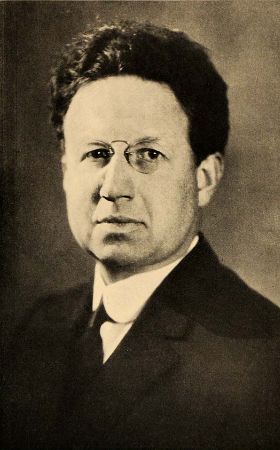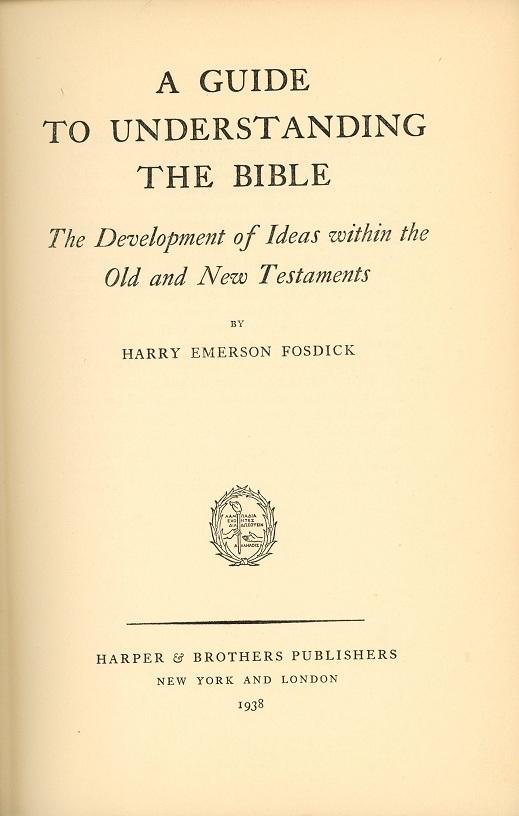L'auteur | |
 | Best known as Liberal Protestant preacher who wrote, "Shall the Fundamentalists Win?" A master preacher, liberal thinker and author of 47 books, Harry Emerson Fosdick drew huge congregations and radio audiences as well as famous critics. A Baptist minister, he rose to prominence as the weekly preacher at New York City's First Presbyterian Church (1918-1924). Fundamentalist Christians nationwide attacked his view that "modern Christians" could doubt doctrines such as the literal truth of the Bible and the virgin birth of Jesus and still remain faithful. In a sermon, "Shall the Fundamentalists Win?" (1922), he spoke out against the exclusion of modernists and their views. A Fosdick publicist mailed it to thousands of U.S. churches, fueling the controversy. Not wanting a prolonged national fight with Presbyterian conservatives, Fosdick left and in 1925 became pastor of Park Avenue Baptist Church. The church moved in 1930 to a cathedral-like structure in Upper Manhattan, built by Park Avenue member John D. Rockefeller Jr., and became the interdenominational Riverside Church. Fosdick preached there until his retirement in 1946. In the 1920s, political orator William Jennings Bryan, who faced Clarence Darrow in the Scopes "Monkey Trial," was among Fosdick's fundamentalist Presbyterian attackers. Humanist editor and philosopher Walter Lippmann, in A Preface to Morals (1929), derided Fosdick for lacking dogmatic certainty; Fosdick replied in As I See Religion (1932), an argument for liberal Christianity. Fosdick married Florence Allen Whitney in 1904, the year he became pastor at First Baptist Church, Montclair, N.J. Their daughters were Elinor (born 1911) and Dorothy (1913)... He taught at New York's Union Theological Seminary from 1908 to 1946 ... His "National Vespers Hour" aired for 19 years on NBC and short-wave radio and was heard in 17 countries... Fosdick drew the title of his 1956 autobiography, The Living of These Days, from a verse of his 1930 hymn, "God of Grace and God of Glory"... Fosdick wrote for such popular magazines as Harper's, Atlantic Monthly, and Ladies' Home Journal and was on Time's cover in 1925 and 1930. |

